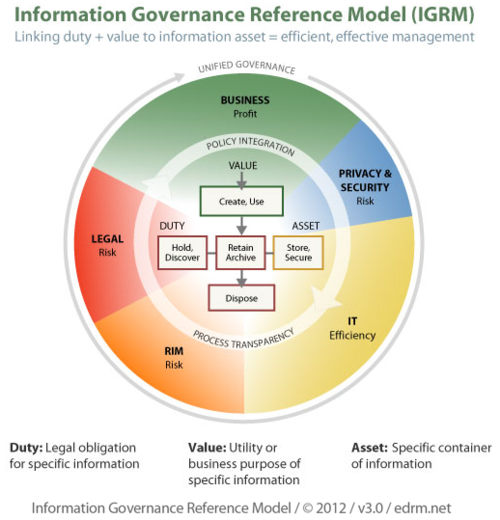Judge Carter Refuses to Recuse Judge Peck in Da Silva Moore – eDiscovery Trends

It seems like ages ago when New York Magistrate Judge Andrew J. Peck denied the motion of the plaintiffs in Da Silva Moore v. Publicis Groupe & MSL Group, No. 11 Civ. 1279 (ALC) (AJP) to recuse himself in the case. It was all the way back in June. Now, District Court Judge Andrew L. Carter, Jr. has ruled on the plaintiff’s recusal request.
In his order from last Wednesday (November 7), Judge Carter stated as follows:
“On the basis of this Court’s review of the entire record, the Court is not persuaded that sufficient cause exists to warrant Magistrate Judge Peck’s disqualification…Judge Peck’s decision accepting computer-assisted review … was not influenced by bias, nor did it create any appearance of bias.”
Judge Carter also noted, “Disagreement or dissatisfaction with Magistrate Judge Peck’s ruling is not enough to succeed here…A disinterested observer fully informed of the facts in this case would find no basis for recusal”.
Since it has been a while, let’s recap the case for those who may have not been following it and may be new to the blog.
Back in February, Judge Peck issued an opinion making this case likely the first case to accept the use of computer-assisted review of electronically stored information (“ESI”) for this case. However, on March 13, District Court Judge Andrew L. Carter, Jr. granted the plaintiffs’ request to submit additional briefing on their February 22 objections to the ruling. In that briefing (filed on March 26), the plaintiffs claimed that the protocol approved for predictive coding “risks failing to capture a staggering 65% of the relevant documents in this case” and questioned Judge Peck’s relationship with defense counsel and with the selected vendor for the case, Recommind.
Then, on April 5, Judge Peck issued an order in response to Plaintiffs’ letter requesting his recusal, directing plaintiffs to indicate whether they would file a formal motion for recusal or ask the Court to consider the letter as the motion. On April 13, (Friday the 13th, that is), the plaintiffs did just that, by formally requesting the recusal of Judge Peck (the defendants issued a response in opposition on April 30). But, on April 25, Judge Carter issued an opinion and order in the case, upholding Judge Peck’s opinion approving computer-assisted review.
Not done, the plaintiffs filed an objection on May 9 to Judge Peck’s rejection of their request to stay discovery pending the resolution of outstanding motions and objections (including the recusal motion, which has yet to be ruled on. Then, on May 14, Judge Peck issued a stay, stopping defendant MSLGroup’s production of electronically stored information. Finally, on June 15, in a 56 page opinion and order, Judge Peck denied the plaintiffs’ motion for recusal, which Judge Carter has now upheld.
So, what do you think? Will Judge Carter’s decision not to recuse Judge Peck restart the timetable for predictive coding on this case? Please share any comments you might have or if you’d like to know more about a particular topic.
Disclaimer: The views represented herein are exclusively the views of the author, and do not necessarily represent the views held by CloudNine Discovery. eDiscoveryDaily is made available by CloudNine Discovery solely for educational purposes to provide general information about general eDiscovery principles and not to provide specific legal advice applicable to any particular circumstance. eDiscoveryDaily should not be used as a substitute for competent legal advice from a lawyer you have retained and who has agreed to represent you.









